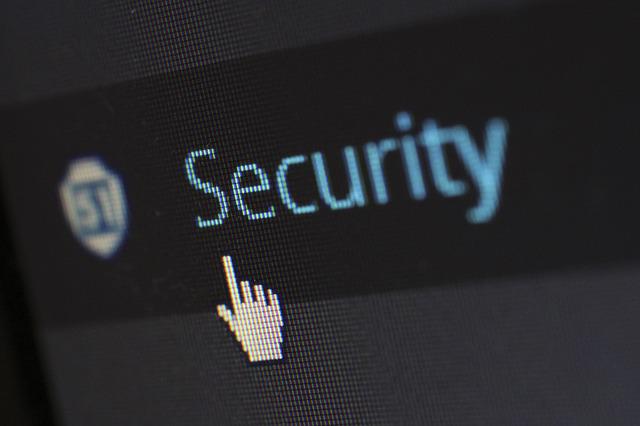Maybe you have all the certificates to prove that you are an expert in MPLS or BGP and are willing to find a new chance to advance your current networking career. So, you will need your hands on top MPLX and BGP interview-related questions and answers to be CCIE certified. Once you have the CCIE certificate under your sleeves, you are all set for the upcoming interview and blow the minds of the interviewer.
Now, you must be wondering where you can get your hands on CCIE security lab practice questions. There’s only one place to look into, and that is SPOTO. From here, you will get ccie questions and answers pdf now to help crack the next round of interviews and bag the job of your dreams!
Listed below are some of the major MPLS and BGP interview questions, which will help you to crack down on CCIE security lab practice exams. Let’s focus on some of the major interview questions and answers first!
Understanding MPLS and its benefits:
MPLS is the short form of Multiprotocol label switching, and it offers a mechanism to process packets, depending on the labels. It is one data forwarding service that presents high-end network communications from one networking mode to its next phase. It depends on the labels mostly and not on the routing table lookups.
- The routing table lookup for every packet will make communication sluggish, but MPLS will use LFIB or forwarding table to process labels from one node to another.
- The primary benefit of using MPLS will be QoS integration. It helps in supporting multiple QoS levels to manage latency, packet loss, and jitter for various types of traffic.
- MPLS also helps in fast convergence. It is label-based switching, and there is no need to look up routing tables.
- Fast convergence is also known as label-based switching, and there is no need to look for routing tables. You can further enjoy the scalability of IP VPNs.
MPLS and its Push, Swap, and Pop functions:
Label switching is one discrete mechanism from IP forwarding. Here, the LSR helps in regulating the label function that needs to be performed. Some of those are Push, Pop, or Swap. It helps to process a packet throughout the MPLS backbone by using the idea of label switching.
Roles of RT and RD in MPLS L3vpn:
RD or Route Distinguisher is used for distinguishing identical routes in various VRFs. On the other hand, the route-target or RT is designed to share routes between the same.
- RT specifies the prefixes that will get exported or imported on the PE router.
- However, you cannot assign the same RD to various customers on a PE router as the main purpose of RD is limited to offering uniqueness in various VRFs.
Differentiating Ipv4 and Vpnv4 address-family:
The Address-family VPNv4 is widely used for transporting the VRF traffic, which is around 96 bits or pretty heavier than the normal IPv4 packets.
- The address-family IPv4 is also used for transporting the traditional IPv4 packets of around 32-bit.
- Whenever you are deploying L3VPN, you need the power of VPNv4 peering to take place between the PEs.
- The main goal is to take VRF routes to a mentioned destination PE router.
Understanding the meaning of Lib and Lfib:
The difference between these two options is mostly like RIB and FIB. The RIB will use FIB to forward the traffic. LIB is a table where the prefix to the label bindings are built and then stored in the control plane. It can be seen with MPLS LDP bindings.
- LFIB or Label Forwarding Information base is another kind of MPLS table, which is used to forward the label packets through the MPLS network and then build in the data plane.
- For checking LFIB, you have to run down “show mpls forwarding-table.” The lockups are done in LFIB and not the LIB.
- In case the CEF is disabled, MPLS fails to work as it will be using LFIB to forward the labeled packets and LFIB built from the FIB table.
These are a few of the many mandatory questions which are asked in CCIE interview sessions. Join SPOTO to understand more about these interview questions and bag the CCIE certificate in the end.

0 Comments